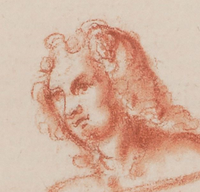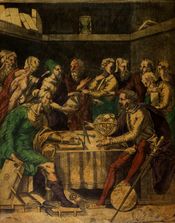|
|
You are not currently logged in. Are you accessing the unsecure (http) portal? Click here to switch to the secure portal. |
Difference between revisions of "Camillo Palladini"
Jump to navigation
Jump to search
| Line 43: | Line 43: | ||
== Treatises == | == Treatises == | ||
| − | |||
| − | |||
| − | |||
| − | |||
| − | |||
| − | |||
| − | |||
| − | |||
| − | |||
| − | |||
| − | |||
| − | |||
| − | |||
| − | |||
| − | |||
| − | |||
| − | |||
| − | |||
| − | |||
== Additional Resources == | == Additional Resources == | ||
Revision as of 18:41, 7 November 2014
| Camillo Palladini | |
|---|---|
 | |
| Occupation | Fencing master |
| Influences | Camillo Agrippa |
| Influenced | André des Bordes |
| Genres | Fencing manual |
| Language | Italian |
| Manuscript(s) | MS 14/10 (ca. 1600) |
Camillo Palladini was a 16th or 17th century Italian fencing master. Nothing is known about his life other than what he wrote in his treatise. He seems to have been a professional fencing master, and his treatise (MS 14/10), written around the turn of the 17th century, seems to be a direct response to the writings of Camillo Agrippa a generation before.
Treatises
Additional Resources
References

